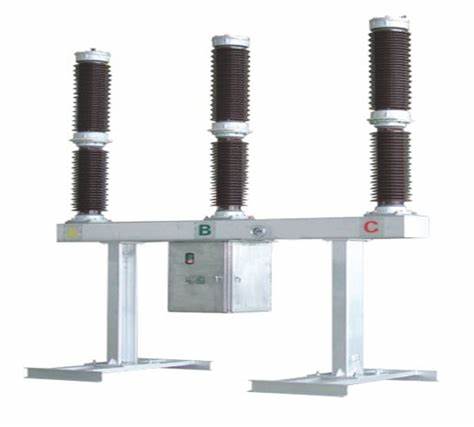
HT Circuit Breaker
An electrical switching device designed to interrupt or isolate high-voltage currents, ensuring safety, protection, and control in power systems.
High tension (HT) circuit breakers are critical components in power systems, designed to interrupt or isolate high-voltage electrical currents. These devices are essential for protecting electrical circuits and equipment from damage caused by overcurrents, short circuits, and other electrical faults. HT circuit breakers operate by detecting fault conditions and automatically opening the circuit, thereby stopping the flow of electricity and preventing potential hazards. They are used extensively in electrical substations, industrial plants, and commercial facilities, where they ensure the safety and reliability of high-voltage power distribution. Modern HT circuit breakers incorporate advanced technologies such as vacuum, SF6, or air blast interruption, which enhance their performance and reduce maintenance requirements. Their ability to quickly and effectively interrupt high-voltage currents makes them indispensable for maintaining the stability and safety of power systems. By providing robust protection and control, HT circuit breakers help prevent power outages, equipment damage, and safety risks, ensuring the continuous and efficient operation of electrical networks.